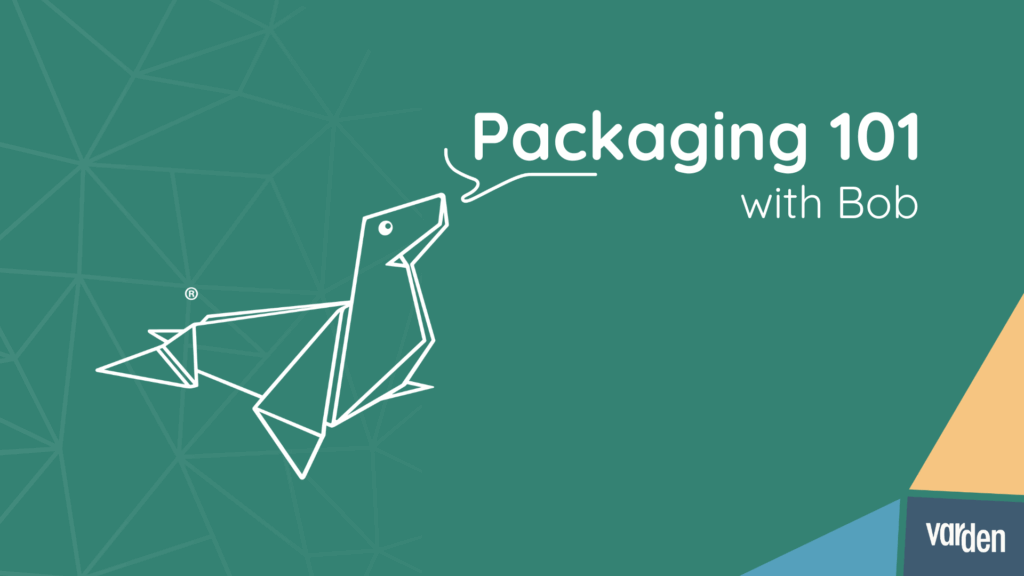Plastic pollution isn’t just about bottles on beaches or bags in the ocean. Increasingly, scientists are finding that microplastics (tiny plastic fragments less than 5mm) are contaminating soils, crops, animals, and even our bodies.
Recent research (highlighted by The Guardian) shows that microplastics are working their way into food chains from the ground up. One of the biggest culprits? Single-use plastic packaging.
Here are five reasons why the rise of microplastics proves sustainable packaging is essential:
1. Microplastics Pollute Soil More Than Oceans
Most people picture plastic pollution in the sea, but farmland soils now contain even more microplastics than marine environments.
-
Wastewater treatment often spreads sewage sludge as fertiliser, and up to 1% of that sludge can be plastic
-
Worms, beetles, and even butterflies ingest these fragments, disrupting soil ecosystems
Sustainable, plastic-free packaging helps reduce the waste entering wastewater streams in the first place.
2. Plastics Move Up the Food Chain
From worms in the soil to birds, small mammals, and livestock, plastics spiral up through food webs. Research shows:
-
Hedgehogs and mice often ingest plastics through contaminated prey
-
Birds inhale fibres directly into their lungs
-
Milk, meat, and even blood samples from farm animals have been found to contain microplastics
When we reduce single-use packaging, we help cut the flow of plastic fragments into these systems
3. Microplastics Reach Human Food and Water
It’s not just wildlife at risk as humans ingest tens of thousands of microplastic particles every year through food, water, and air. Studies have found plastics in:
-
Staple crops like wheat, rice, and lettuce
-
Bottled and tap water
-
Human blood, lungs, and even placental tissue
This makes the case for compostable packaging alternatives that break down naturally instead of fragmenting into harmful particles.
4. Packaging Is a Major Source of Microplastic Waste
While textiles shed fibres, single-use packaging is one of the fastest-growing sources of microplastic pollution.
-
Plastic bags, wrappers, and bottles fragment when discarded
-
Plastic films that line flexible packaging break down into tiny pieces of plastic
-
Short-lived packaging that is only used for minutes leaves fragments that can persist for centuries
By shifting to eco-friendly packaging solutions, businesses can directly reduce one of the largest contributors to microplastic contamination.
5. Prevention Is the Only Real Solution
Since the 1950s, humanity has produced over 8.3 billion tonnes of plastic. Once plastic enters soils or waterways, it’s nearly impossible to remove. The most effective solution? Stop plastic at the source.
That’s why sustainable packaging that is compostable, recyclable, and reusable is essential for building a circular packaging economy that prevents waste before it starts.
The Bottom Line
The journey of a single plastic fragment shows how deeply the problem is embedded in our food and ecosystems. But it also highlights the power of prevention.
At Varden, we’re committed to creating sustainable packaging solutions that keep food fresh, protect natural systems, and deliver a future without single-use plastics.
Interested in how Varden’s fibre-based, biobased packaging can reduce single-use plastic in your supply chain? Get in touch with us.
This article is inspired by reporting from The Guardian and environmental research on plastics in soil and food systems.
